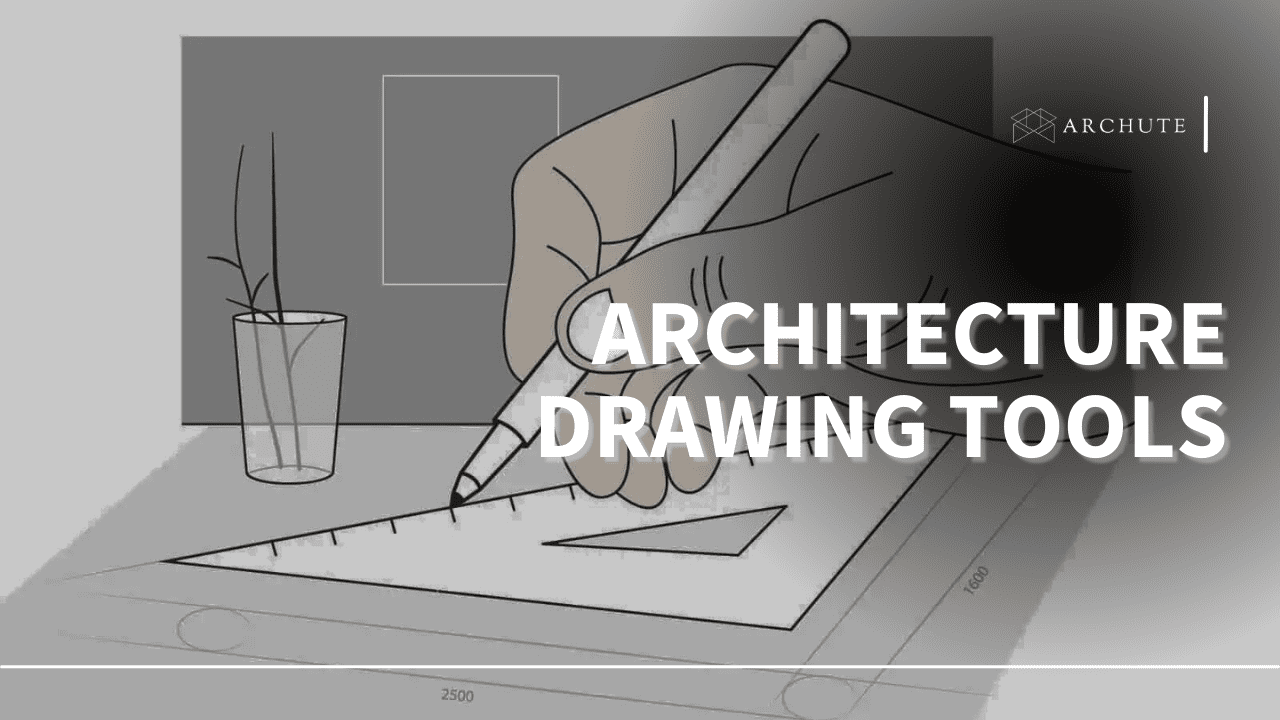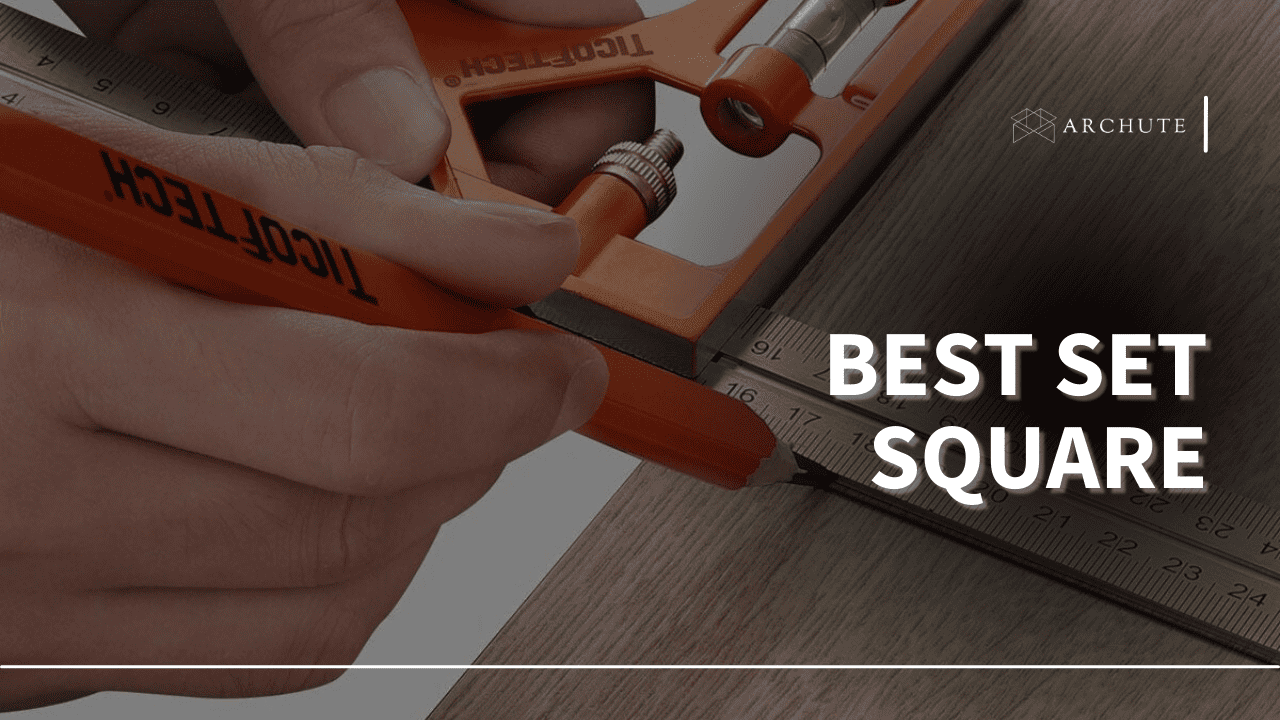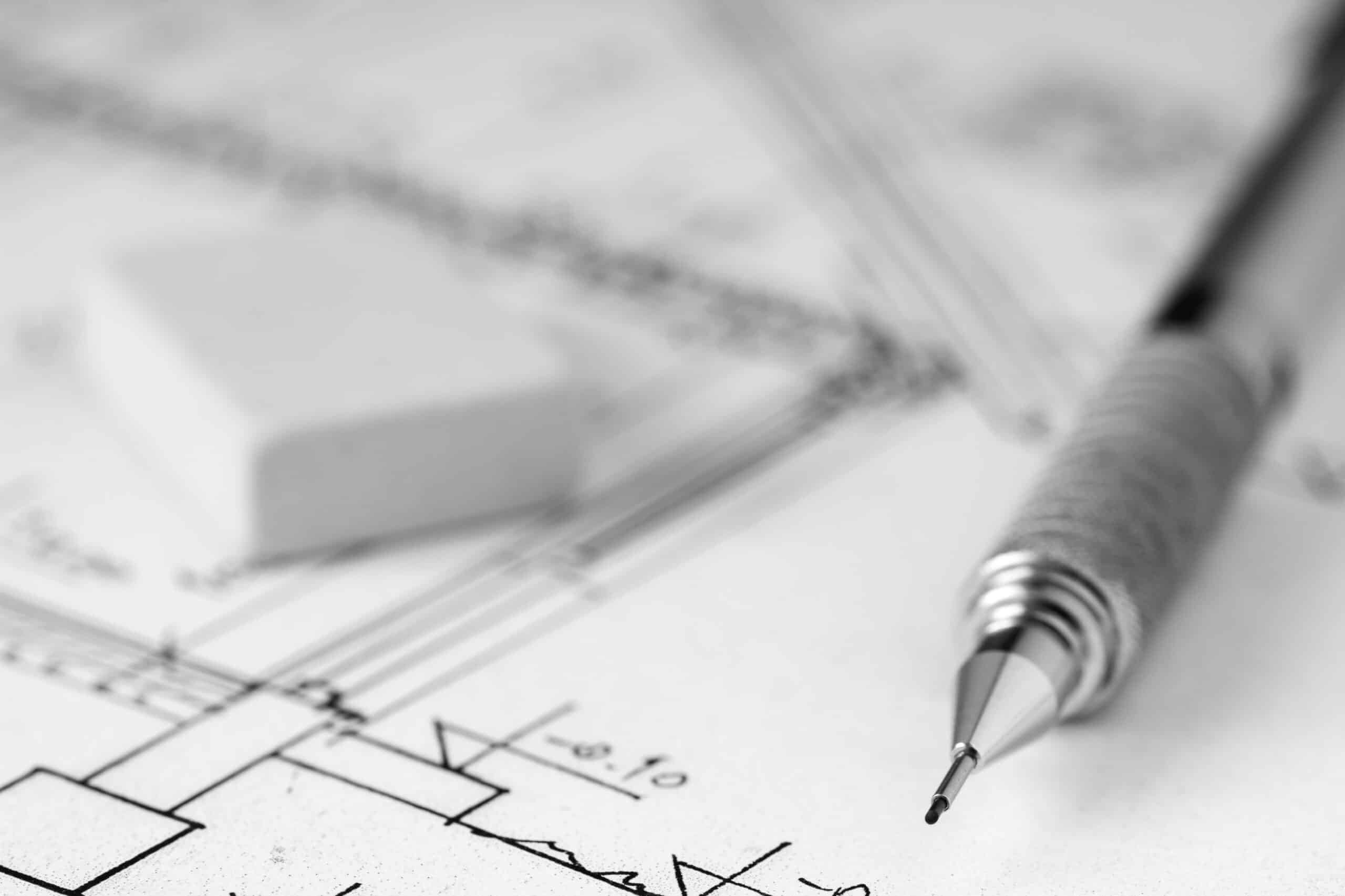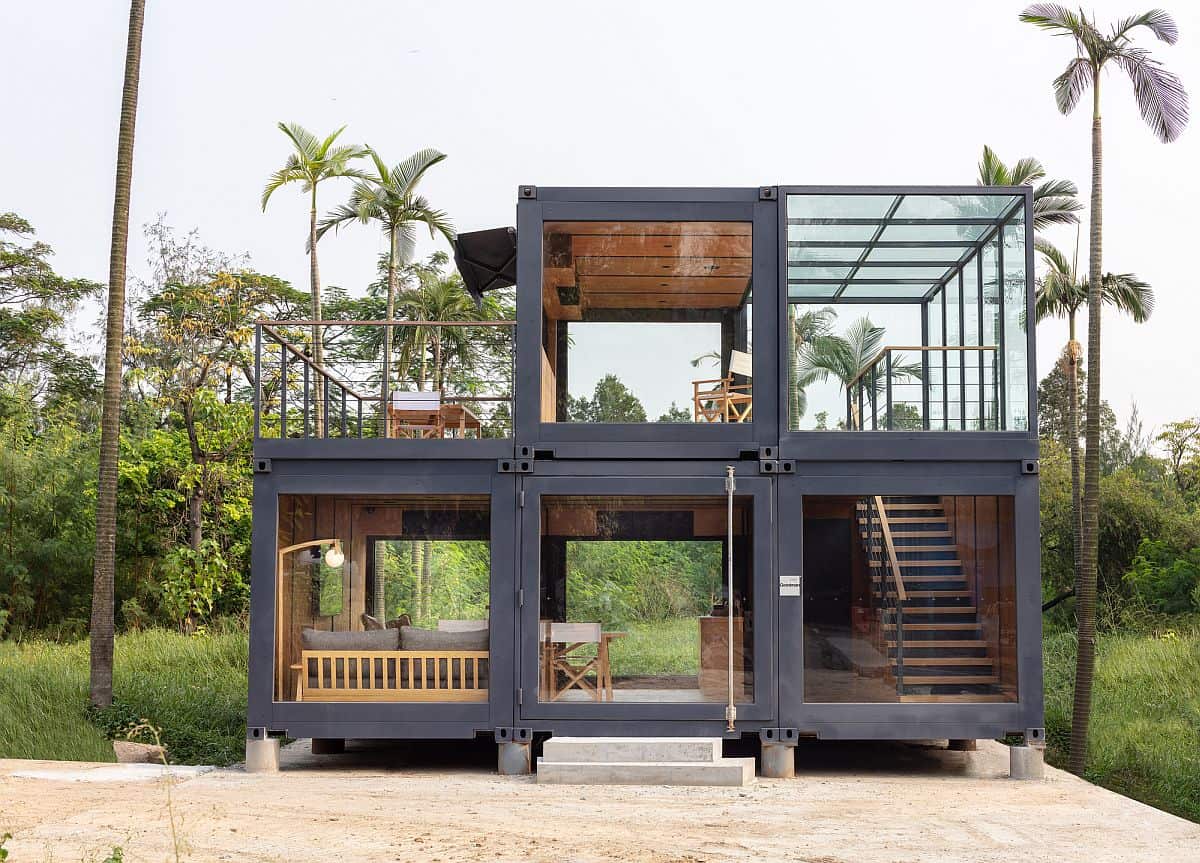If you want to invest in real estate, consider the lucrative house flipping option that forms the bulk of revenue for full-time flippers and a mouth-watering side hustle for many more. However, unlike the reality TV shows that paint images of house flips ending well every time, the reality is that these projects are risky. Therefore, harnessing proper knowledge of the real estate world is necessary to understand the crucial factors of fixing and flipping houses.
Fixing and flipping houses has gained popularity with the help of hard money lenders. Also, the profit margin doesn't depend on luck but on knowledge and strategies taken in the house-flipping process.
Below is a comprehensive guide to help you learn about fixing and flipping houses, including steps to follow and mistakes to avoid. Dive in!
What is Fixing and Flipping Houses
Fix and flip, also referred to as house flipping, is an investment approach involving purchasing a distressed or outdated property for a discount with the intention of renovating it and selling it for a profit within a short time.

Image Source: strategyproperties.com
Investors need to fix and resell the buildings as fast as possible to avoid keeping their funds immobilized and additional costs such as interest rates and property taxes. In most cases, the properties are purchased, fixed, and sold within 6 to 12 months.
This strategy is not new, but with house prices rising, house flipping continues to be an appealing way for investors to enter the real estate market without paying an extra dollar for a property. Usually, house flippers seek deals by finding pre-foreclosures, distressed properties, and homeowners with liens or back taxes on their property.
While fix and flip might sound simple on paper, it does hold inherent risks. For example, purchasing an outdated property requires a thorough assessment and valid estimations, failure to which you risk going far over budget for necessary repairs. Additionally, getting underpriced properties requires a great deal of research to uncover homeowners in distress and pre-foreclosure homes.
Steps in Fixing and Flipping Houses

Image Source: fitsmallbusiness.com
Here are the basic steps to know and follow before you start flipping houses;
Step 1: Research
The first step to a successful fix and flip and any other successful real estate deal is to research everything about the market you're interested in doing a fix and flip to answer any questions about the process.
As a real estate investor, you need to:
- Know the local real estate market to have a successful fix and flip
- Recognize a good deal and estimate the market value of the property once it's renovated
- Know how long houses usually take to be sold in the area in order to establish a timeline.
- Understand the renovating process, including the local requirements for zoning and permits, costs, and how long a project takes.
- Have a solid team by your side, such as an excellent real estate agent and a trusted contractor
An overall business plan is also an essential part of this research. This helps keep records of your expectations and costs as you fix and flip. A business plan is also helpful for taxes and bookkeeping.
A fix-and-flip business plan should include the following elements:
- A detailed description of the target market
- A financial plan containing the necessary information for investors to evaluate the project's performance and viability
- An exclusive summary providing an overview of the project and your company
- The business opportunities your company plans on filling, including the problems you can identify in the local market and their possible solutions.
- A detailed explanation of your company's strategies to fill the opportunities.
- A marketing and sale plan detailing how you plan to appeal to your target market
- An operation unit detailing how your business works. This includes vendors, logistics, and technology.
- An overview of the company's organizational and legal structure
- The data and milestones for your project, including projected costs, dates, and metrics
- A team presentation
Step 2: Confirm Your House Flipping Financing
Before investors begin funding the process, it is important to assess their current financial situation. It is a great idea to know where you stand ahead of time. Also, you can consider many options to source funds, including private lenders, traditional financing, crowdsourcing and personal funding.

Image Source: realtor.com
Before making an offer, ensure you have a lender to fund your project. However, it is important to note that fix and flip financing differs from other forms of real estate financing. Investors use hard money in flipping houses, meaning a short-term loan payable within 6 to 12 months. This turnaround time implies that lenders take a closer look at the property rather than your finances.
Also, you should review all options available to compare loan terms and interest rates to make the best choice. But with the high risks involved for the lender, they usually charge higher interest rates and upfront fees. Therefore, interest rates normally have less impact on house flipping costs.
Step 3: Find a Property
Fixing and flipping houses involves buying and renovating outdated or dilapidated properties, then selling them for a profit. Therefore, fix-and-flip investors should have the skills to find undervalued real estate opportunities.
You can find a property by contracting a real estate agent to help in the search, or you can do the search yourself by looking for FSBO (For Sale By Owners), distressed properties, or abandoned properties.
Generally, the secret to finding fix-and-flip properties is identifying off-market properties and homeowners motivated to sell. These may be owners who are in financial distress due to circumstances such as divorce, foreclosure, job loss, or bankruptcy.
Whichever way you use to find a property, ensure you examine the following factors of that property.
- Benefits of the property
- Risks involved with the property
- Location
- The property's after-repair value (ARV)
Step 4: Create a Scope of Work
Creating a scope of work is the roadmap and foundation of house fixing. It outlines the work that the contractors will bid on and agree on. It also defines what elements are worth adding or repairing during the renovation of your investment property.
Here are the important questions you should consider as you create the scope of work and decide on what you will fix
- Will it help sell?
- Will it add value?
- Is it necessary?
- Is it cost-effective?
Step 5: Hire Contractors and Renovate the Property
Now the real work begins! It's time to remodel the house.
Even if you are a professional contractor planning on a fix-and-flip investment, you'll still need to secure quotes from other experienced contractors. Lenders, too, may require bids from different contractors. So you should hire contractors and designers to do the renovation process.

Image Source: myhousedeals.com
Once you've settled on the plan, you should kick start the project immediately because the longer the process takes, the higher the financial costs. So the faster you complete the remodeling process, the faster you can sell the property and pay off the loan. Quick sales also offer you the best return on investments.
Keep an eye on the renovation progress so you can stay updated on the contractor's progress. This is to ensure that the process stays on time and doesn't go over budget.
Step 6: Market and Sell the Property
The final step of fixing and flipping houses is usually the simplest, selling them. But ensure you understand the fundamentals of real estate pricing before investing in a fix and flip business.
Marketing and selling are largely handled by realtors, so ensure you hire an expert realtor for your market. You can rely on your realtor's expertise for pricing. Preferably, you should get their opinion on after-repair value (ARV) before contracting the property. But ultimately, you're the one responsible for pricing properly; your profits in house flipping depend on it.
After the renovations are completed, the next step is to put the house on the market. To entice buyers, you need to stage the home. Therefore, it is important to professionally clean the house and use a stager. Of course, staged properties sell faster. You can consider virtual staging if your budget doesn't have room for professional staging companies
The end-all goal of a fix-and-flip investment is selling a property for a profit. Once you get an offer that entices you, sell the property, enjoy the profits, and repeat the process.
What to Avoid when Fixing and Flipping Houses

Image Source: africa.businessinsider.com
1. Over-Improving the Property
You should inspect the neighborhood where the house is located. If you remodel an old home in an aging neighborhood with additions that are more suitable for a high-end market, you might end up losing the sale price. This is because, besides assessing the home, potential buyers also assess the neighborhood.
Suppose the neighborhood is worn, aged, and relatively inexpensive. In that case, you will not likely see a large return for significant investments in high-end features, such as marble showers, radiant flooring, or a saltwater pool. Instead, aim to make the house comparable to the other top-selling house in the neighborhood.
2. Working Without Permits
Permits aren't always needed for renovation work around the home. However, if you don't have a license when one is required, you may find a bylaw officer standing on your way to ask you to remove the renovation additions or give you a hefty fine. Therefore, consult the local permit office to get all necessary permits instead of taking this risk. You can also hire licensed contractors to take care of the permit process.
3. Not Having Enough Skills and Knowledge
One of the critical issues when flipping houses is having the right knowledge and a valuable team. To succeed, you need to pick the right property in the right location and at the right price. Therefore, you need to surround yourself with those who know and understand each task, especially at the beginning of the fix-and-flip strategy.
If you lack experience in this field, consider hiring professional builders and contractors, plumbers, electricians, insurance agents, lenders, and real estate agents. You can also hire an interior designer to give you insights on buying materials and how to use your money effectively. Also,it will not hurt to have a mentor during your first fix and flip processes to consult if you need guidance.
4. Overlooking the Cosmetic Fixes
Fixing a cracked foundation, replacing aluminum wiring, and fixing holes in the roof are all important projects that most potential home buyers won't notice unless they are specifically looking for them. But, they will notice minor issues like dented door knobs, scratched paint, and chipped light switch plates. So don't forget to make the small cosmetic and important infrastructure repairs if you're looking to increase the value and help the property sell at a profitable price.
5. Failing to Budget
Another mistake that real estate investors should avoid is failing to budget. Costs fluctuate extensively based on property type, locations, and renovations. Therefore failure to budget can lead to overspending or underestimating the repairs and other expenses.
Before you get into flipping houses, you need to budget. This will enable you to work out all your carrying costs for 6 to 12 months while keeping money aside. The costs include insurance, lender payments, lender inspections, and monitoring. There is nothing worse than running aground financially because you failed to budget.
The aim of fixing and flipping houses is to sell them for profit. Therefore, the final selling price should exceed the acquisition and renovation costs. Also, you should ensure that your budget is flexible enough to handle unpredictable obstacles.
6. Overpricing the Property
When you are ready to sell your fix-and-flip property, the real estate agent you choose to work with can advise you on how much to list the property for, but the ultimate pricing decision is yours. However, don't be so personally attached to the property that you overprice it. Overpriced flip projects take longer to sell, and this will definitely eat into the potential profits.
7. Failure to have a Fix and Flip Plan
You will get the house-flipping benefits only if you have a concise plan. Without a proper plan, you cannot drive the project to the home of success. If you want to arrive somewhere, you should have some plan and knowledge of the market field.
So, make sure that you have enough plans made before you go for fixing and flipping a house, considering genuine hard money lenders.
Benefits of House Fixing and Flipping

Image Source: bobvila.com
Depending on proper strategies, fixing and flipping a house can make a big deal for you in the near future. It has enormous potential, and thus you should not have the beneficial factors of fixing and flipping a house.
Let's find out the key benefits of it.
1. Big Profit Opportunity
The foremost advantage of fixing and flipping a house is that the whole process is very quick compared to its profit margins. It may take 90 days on average to get the turnover done, and also, you do not have to take much pressure to complete this whole process but to supervise only.
It is estimated that you can gain an average of $40,000 and $70,000 profit with a residential property. So, the whole profit can be around 20% of the property cost.
This is not a bad option to go for.
2. Select According to Your Niche
The best thing about fixing and flipping a house is that you can select it depending on your choice and niche of business. Some want to stay in the market, and thus they go with a defensive approach. On the other hand, some want big profits out of one deal, and they go for big fish.
Whatever your niche is, you may like to find out the location, sale price, financing, and property type.
Moreover, you may look for low down payment properties so that you do not need to depend on any hard money loan process.
3. Benefits of Hard Money Loan
The benefits of a hard money loan are always there for the fixing and flipping business. You might need a loan to grab immediate deals available in the market. But that will not be possible if you consider traditional bank loans.
This is where the hard money loan lenders come in to provide you with a loan and not consider your credit score or your previous records. The process is risky for the lenders, and thus they charge high-interest rates.
But you will get instant loans without any hesitation. This is what you want as a real estate business person.
4. It Is Rewarding
If you are in the business just to get some profit with money, you will get more as rewards apart from money. When you stay in the market for some time, you will get to know that you are providing a rehabbing purpose to society.
You are providing a new lease to an old house and also providing a family with a place to stay. Renovating a house means remodeling the area where the house is located. These rewards are eye-catching.
5. No License or Degree Is Needed
One of the crucial factors of this business is that it is an easy-to-go-to business. Fixing and flipping a house is like working from home or working with pleasure.
No hard work and only a better plan can do the whole work for you. On the other hand, you do not need a degree or license to be in this business.
Cons of Fixing and Flipping Houses

Image Source: hgtv.com
1. Costs
Fixing and flipping houses can create cost issues you won't face with long-term investments. The expenses can demand a lot of money, which may lead to problems in cash flow. Also, the transaction costs are very high on both the buy and sell sides, which can significantly affect profits.
2. Taxes
Speed is key in successful flipping deals. The quick turnaround in properties creates swings in income that can boost the tax bill. This is particularly true if things move too fast to take advantage of long-term capital gains tax rules. In such a case, you'll be forced to pay a higher capital gains tax rate depending on your earned income if you own a property for less than a year.
3. High Risk
Fix and flip projects can be riskier than other real estate investments. Various factors can lead to financial losses. For instance, the renovations can take longer than expected, the local real estate market can go cold, and the holding costs can pile up if you can't find a buyer faster. If you can't manage the deadline and budget of the project effectively, the investment can quickly become unprofitable and especially detrimental if you are funding it with a loan.
Another risk factor is that market conditions can change rapidly and affect your investment negatively. There is no way to predict this situation, and the rapid change of events usually catches many investors off guard.
4. Unanticipated Expenses
One of the main disadvantages of flipping houses is catering to and dealing with unanticipated expenses. Any expenses popping up outside your budget will easily eat into any profits you could earn at closing. Selling your project as soon as possible after the remodeling is critical, or you risk piling holding costs for unknown amounts of time. The longer times fix and flip takes on the market can motivate you to accept lower offers.
Can You Really Flip Houses With No Money?
It is common knowledge that you need a lot of money to acquire and sell a property. You can become a flipper with only a down payment, although other options such as wholesaling allow you to become an intermediary for no cost. So, can you really flip houses with no money? A resounding yes! Here are some of the ways to do so.
1. Private Money Lenders
This is perhaps the best borrowing option when you completely have no money for flipping, because you get the amount you need if you are really good at convincing people. Private lenders are ordinary individuals who have enough money to spare but are not interested in house flipping or real estate altogether. They have liquid cash to offer to someone who will convince them beyond doubt that their cash will not go down the drain but earn some interest while they go about their other businesses.
Private lenders will only give you the cash and watch you do the rest of the dirty work while waiting for the profits. But before you get the money, you have to explain the business's potential to them and that you will house flip professionally within the given timelines to turn in the profit margins.
The level of experience, trust, and comfort between you and the investor will determine whether you get the full amount, a certain percentage, or nothing at all. However, poor communication and sharing of risks can ruin the partnership. Also, some private lenders may expect higher profits which may not be viable at the time.
2.Hard Money Lending
If you have a certain percentage of the down-flipping money and don't have the full amount, or you don't feel comfortable parting with huge sums of money, then you qualify for hard money lending. Hard money lenders are people who offer short-term loans to real estate investors, often at an inflated interest rate complemented by a point system. The only difference between them and other financial institutions and typical banks is that they offer you more cash and don't really mind your credit score.
Additionally, hard money lenders will only finance your house flipping ventures up to a certain percentage, usually 70%, at an interest rate of between 8-15%. This means that money lending will not suit you if you have no cash or collateral to offer. But if you have other investment options or have significantly higher equity in your current house, then you are home and dry. Hard money loan rates might put off some investors because they lower profit margins.
However, the advantages of hard money lending are that they will finance distressed homes, have short approval and funding times and focus on the deal potential, not on your creditworthiness. However, lenders prefer someone with enough experience in the fixing and flip business to newbies.
3. Syndication
You might have heard about drug or crime syndicates, but real estate syndication is completely legal. It means a grouping of investors to pool their cash together and invest in buying and selling property. You only need to join or create one. Here is how it works. The syndicate operates similarly to a limited liability company where one of the investors sponsors the rest, thus assuming the role of the project manager. In contrast, the rest of the members become limited partners.
Real estate syndication makes money from rental income and the sale of property when the value appreciates. The advantages of syndication are the division of roles so that some partners search for properties and others fund the acquisition, make money if done correctly, and, of course, you don't need money to join. The cons include the need for special knowledge to handle larger projects, difficulty securing investment, deadline pressures, attracting low investments, and management issues if the partners are too many.
Syndication is much easier in this digital age due to marketing software that advertises property sales and links syndicates with potential investors.
4. Wholesaling
Wholesaling is an excellent idea if you have no complete money but have connections to investors looking to flip and fix the property and other people who want to buy homes. Remember that you have to draw up a fail-proof plan for wholesaling to work in your favor, not just purchasing property and hoping for the best. What you are doing here is acting as an intermediary; that is, you sell your opportunity to have a house without necessarily having one.
The investor will finance purchases and renovations, then you will get the buyer at a higher price than the investments. The contract demands that you earn a commission from the profit, usually 5%-10%. Although you will earn less than the investor, you will have incurred no costs or expenses and evade the huge risk of doing it alone. However, you will have to craft an exit plan for every project or credit requirement.
5. Other Options
Home equity loan-you can borrow a home equity loan to finance the down payment and secure a loan from hard money lenders to purchase and refurbish the property.
Family and friends-share your goals with friends, family members, or those who belong to your inner circle. Chances are they may be willing to help.
401(k)- If you are a civil servant, you can take a property investment loan against your 401(k) account savings.
Credit card advance-Although you will get an advance to finance a down payment, it will negatively affect the debt-to-income ratio.
Frequently Asked Questions on Fixing and Flipping Houses

Image Source: visiolending.com
1. How do I start fixing and flipping houses?
House flipping is a highly complex process with multiple steps, and it is only natural that you follow a clear-cut guide to flipping houses that will help you stay on track. A checklist that will help you start and have a successful house-flipping project includes the following;
- Research
- Confirm your house-flipping financing
- Find a property
- Create a scope of work
- Renovate the property
- Market and sell the property
Ensure you cross off all the necessary to-do items during your first project.
The most important rule of fixing and flipping houses is keeping your financial risk as low as possible while maximizing profits. Also, don't overpay for a property, and ensure you know how to calculate the cost of renovations before you make a purchase.
2. What is the 70% rule in house flipping?
House flipping involves buying a property at a low purchase price, fixing it, and selling it for a higher amount to make profits. The 70% rule helps investors scour real estate listings for potential investment opportunities. It states that investors should not pay more than 70% of a property's ARV (After repair value) minus the costs of necessary repairs.
3. Is it better to fix and flip houses or rent them?
If you are a short-term investor aiming to make money quickly, fixing and flipping is probably the better option. But if you need a regular income with more time and money to invest, you can consider buying a rental property.
4. How much cash do you need to start flipping houses?
A house flip may require several hundred dollars. Everything, including location, condition, and credit score, can impact how much money you need to flip a house. Also, no two house flips are identical, meaning the costs change from project to project.
Conclusion on Fixing and Flipping Houses

Image Source: loanbase.com
When done correctly, fixing and flipping houses can be a lucrative real estate investment strategy. However, learning and doing it for the first time can be stressful. But you can rely on other experts, including contractors, lenders, home inspectors, and realtors. You can also seek advice from experienced house flippers. Most importantly, follow the steps. Fixing and flipping a house may take time and effort, but the benefits accrued make the process worthwhile. Also, note that research and preparation help avoid mistakes in real estate investing.
















